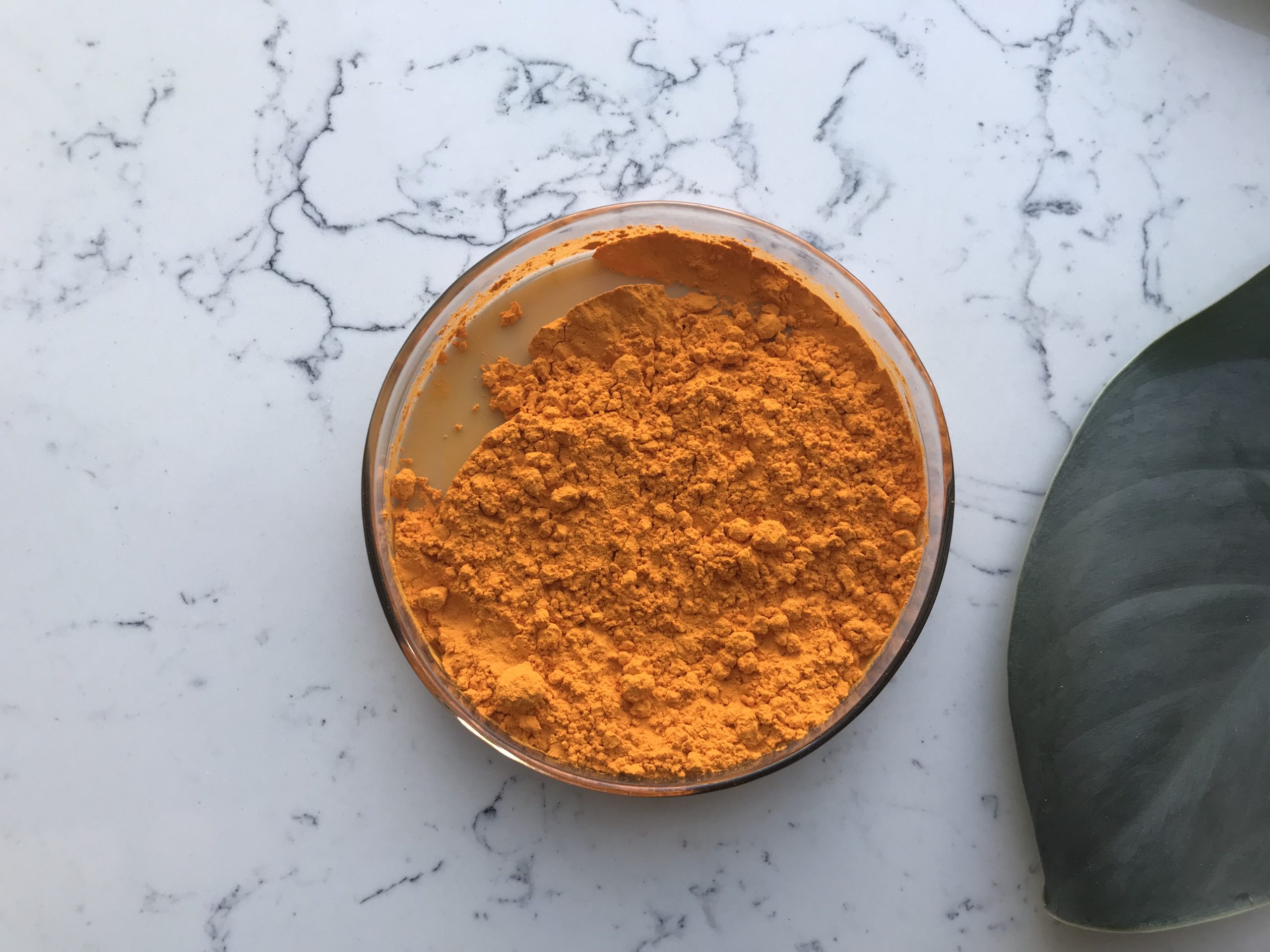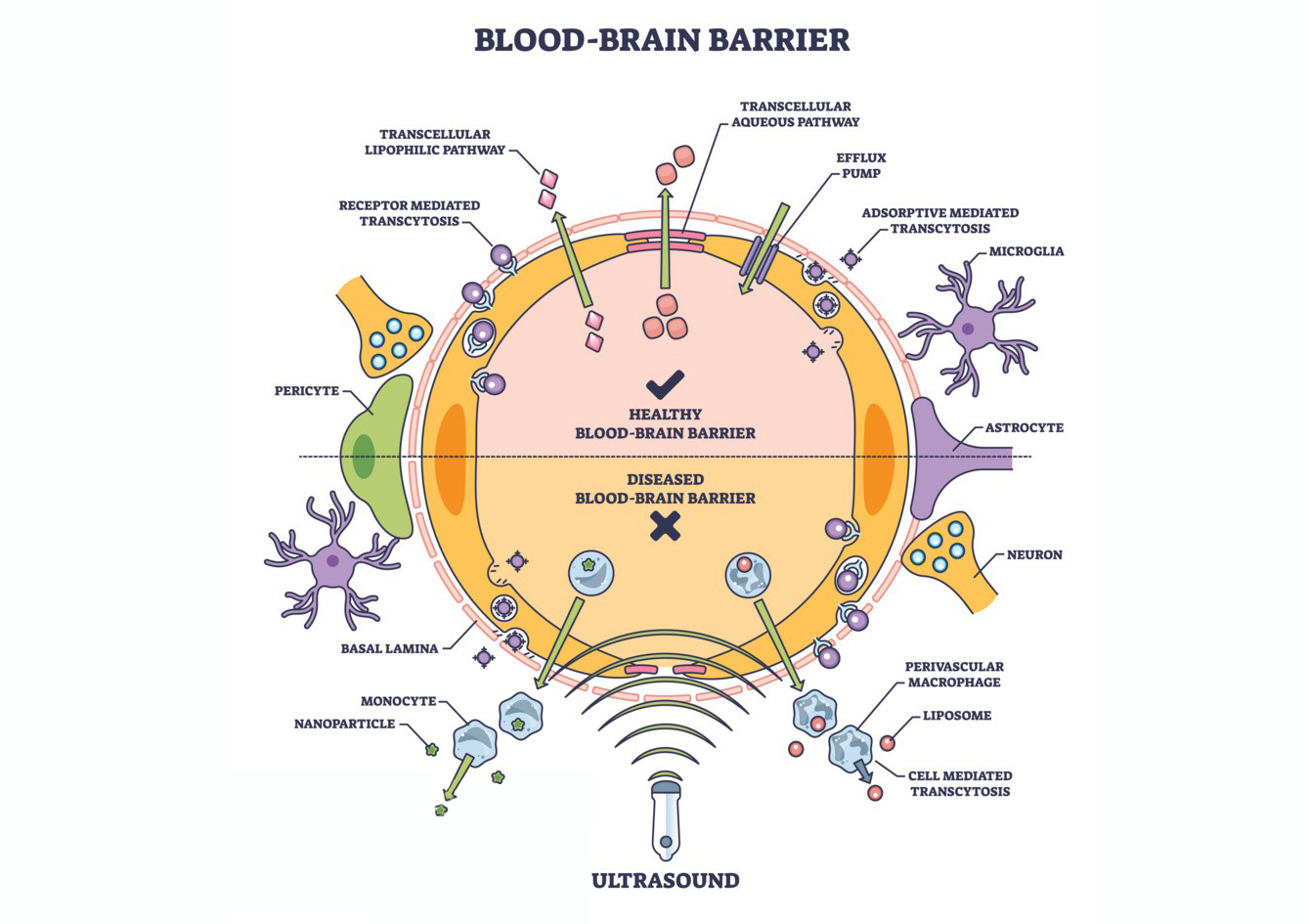When discussing the materials and methods for research involving curcumin, researchers often investigate its properties, effects, or applications in biological, chemical, or material science contexts. Here’s a general outline of typical materials and methods used in curcumin research:
Materials of Curcumin
1. Curcumin Source: Curcumin is generally extracted from turmeric (Curcuma longa). Commercially available curcumin is often purified to a high grade (>95%) for research. Some studies also use encapsulated curcumin to improve its bioavailability.
2. Solvents:
- Ethanol, methanol, or DMSO (Dimethyl Sulfoxide) are commonly used as solvents to dissolve curcumin in solution-based studies.
- Phosphate-buffered saline (PBS) or DMEM/FBS in cell culture studies.

3. Nanoparticles or Delivery Vehicles:
- Liposomes, micelles, and nanoparticles are used to enhance curcumin is bioavailability and solubility.
- Materials like PLGA (poly-lactic-co-glycolic acid) or chitosan are often used to form nanoparticle carriers.
4. Standards and Reagents: If conducting biochemical assays, standards like DPPH (for antioxidant assays) or reagents for cell viability assays (e.g., MTT, XTT) are used.
Methods of Curcumin
1. Extraction and Purification:
- Extraction often involves organic solvents, followed by purification using chromatography techniques (e.g., HPLC) to isolate curcumin.
2. Formulation Methods:
- Nanoparticle synthesis: Techniques like emulsification, solvent evaporation, or sonication are used to prepare nanoparticles loaded with curcumin.
- Encapsulation efficiency: To assess the amount of curcumin encapsulated, spectrophotometric or HPLC methods are used.
3. In Vitro Studies:
- Cell Culture: Cell lines are exposed to curcumin or its derivatives at various concentrations, typically to assess cytotoxicity, proliferation, or anti-inflammatory effects.
- Assays: MTT or XTT assays to evaluate cell viability.
Flow Cytometry for apoptosis or cell cycle studies.
Western Blotting, qPCR, and ELISA to measure protein expression or gene expression related to specific pathways (e.g., NF-κB for inflammation).

4. In Vivo Studies (if applicable):
- Animal Models: Rats or mice are commonly used to study curcumin is effects on diseases (e.g., cancer, arthritis). Curcumin is administered orally or injected based on study objectives.
5. Analytical Techniques:
- HPLC and LC-MS for quantification and purity analysis of curcumin.
- Spectroscopy (UV-Vis or fluorescence) for stability and bioavailability studies.
- DLS (Dynamic Light Scattering) and Zeta Potential measurements for nanoparticle characterization.
The specific concentration, duration, and experimental parameters vary depending on the objective, whether for biochemical, pharmacological, or physical studies of curcumin.
